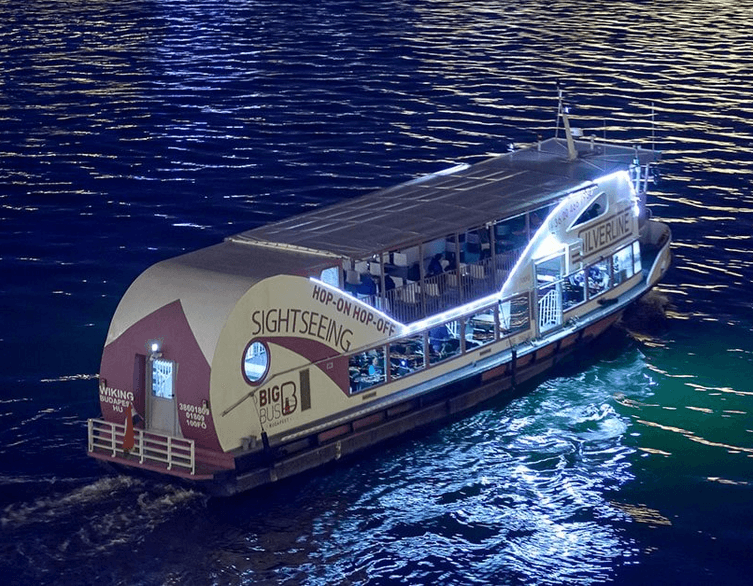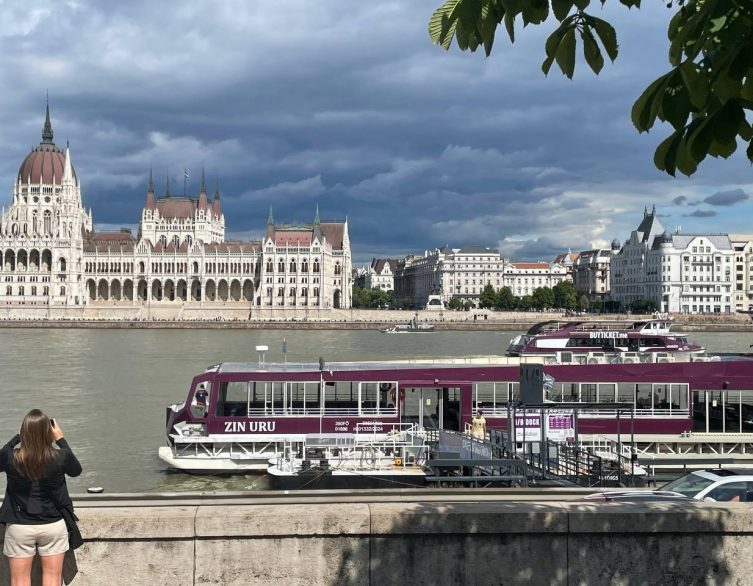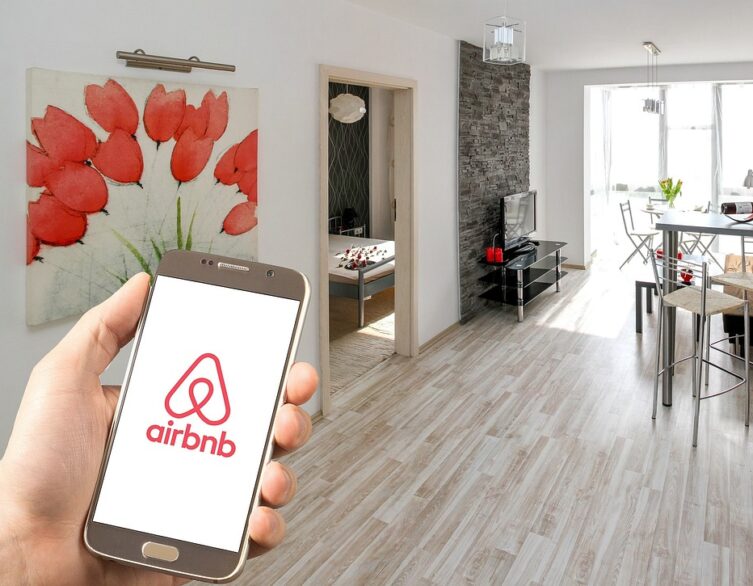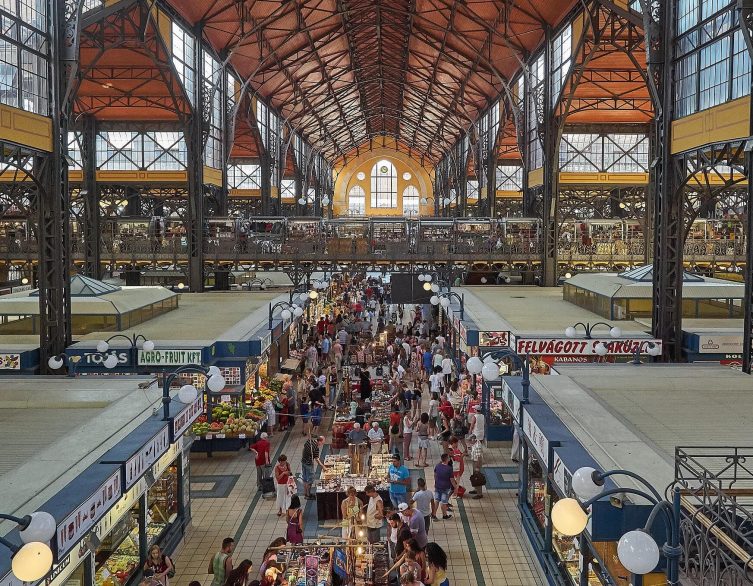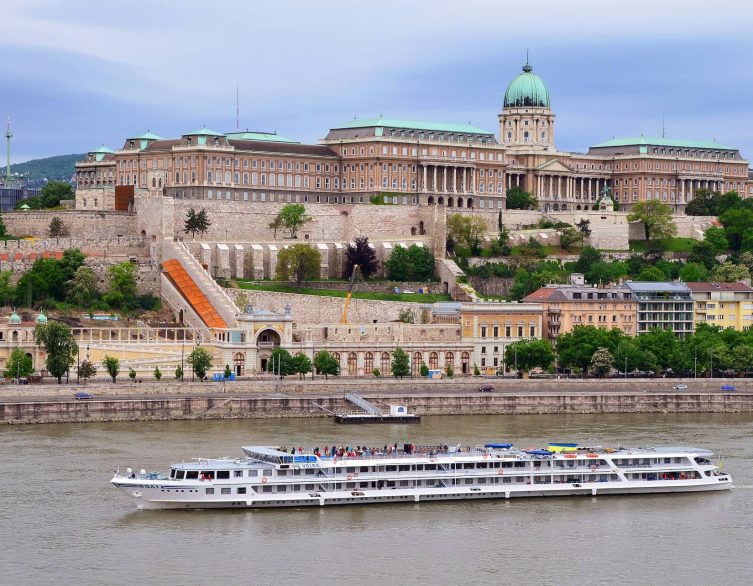Budapest’s Housing Market Boom: What Foreign Tourists Need to Know About Hungary’s Property Revolution
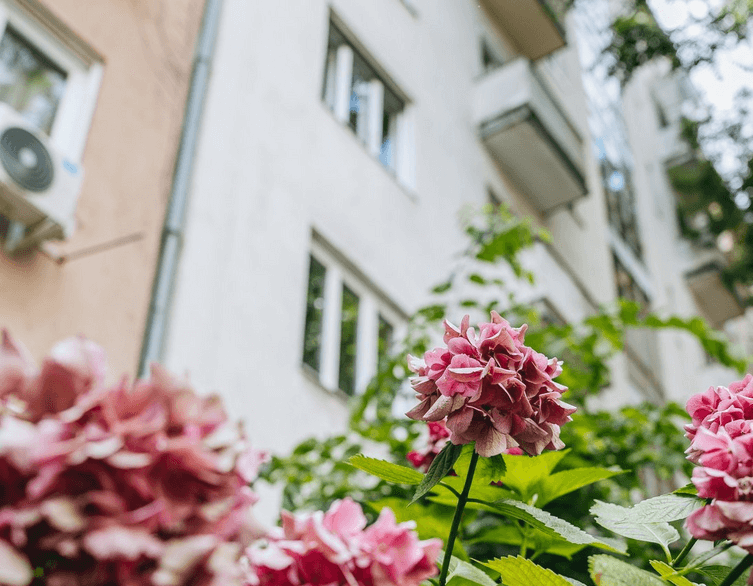
If you’ve been charming yourself through Budapest’s cobblestone streets and wondering about the buzz surrounding the city’s real estate scene, you’ve stumbled upon one of Europe’s most dynamic property markets. While you might be here for the thermal baths and ruin pubs, understanding Budapest’s housing revolution offers fascinating insights into how this magnificent city is evolving before your very eyes.
The Perfect Storm: When Demand Meets Opportunity
Picture this: over two million people browsing property listings in a single month, with phone inquiries soaring past 410,000. That’s exactly what happened in Budapest this August, marking the highest activity levels since spring 2019. The numbers tell a story of unprecedented hunger for Hungarian homes, with demand jumping 40% from the previous month and an eye-watering 50% increase compared to last year.
What’s driving this frenzy? The Otthon Start program, Hungary’s ambitious homeownership initiative that launched on September 1st, 2025, has created a perfect storm of opportunity. This government-backed scheme offers first-time buyers subsidized loans with a fixed 3% interest rate and state guarantees, making homeownership accessible to thousands of young Hungarians who previously could only dream of owning property in this beautiful capital.
The ripple effects are already visible across Budapest’s landscape. While you might associate property fever with the grand districts of Buda or the trendy neighborhoods of central Pest, the real action is happening in the outer districts and suburban areas. Places like Dunakeszi and Csobánka, following the M3 metro line, have seen inquiry numbers double as buyers seek value beyond the city center.
Beyond the Castle District: Where the Real Action Happens
As you explore Budapest’s diverse neighborhoods during your visit, you’re witnessing a city in transformation. The housing pressure isn’t just confined to the postcard-perfect Castle District or the bustling Great Market Hall area. Instead, it’s spreading like ripples across the Danube, reaching into districts that many tourists never see but where real Budapest life unfolds.
The outer districts are becoming the new frontiers of opportunity. Areas connected by the reliable M3 metro line, the number 4 tram, and the HÉV suburban railway are experiencing unprecedented interest. These aren’t just statistics on a page – they represent young Hungarian families making life-changing decisions about where to build their futures.
For perspective, imagine if London’s Zone 3 suddenly became as desirable as Zone 1, or if Brooklyn’s outer neighborhoods matched Manhattan’s appeal. That’s the magnitude of shift happening in Budapest right now. The city is expanding its gravitational pull, drawing residents and investors toward areas that offer better value while maintaining excellent connectivity to the historic center you’ve come to love.
The Numbers Game: What Record Sales Really Means
The numbers are truly staggering. After a sluggish 2023 when apartment sales barely surpassed 3,000 units, the market roared back dramatically. The first quarter of 2025 set a fresh record with nearly 2,800 new apartment units sold, while subsequent months maintained volumes around 2,500 units. Industry experts predict that the Otthon Start program could generate between 60,000 and 70,000 new buyers in its first year alone, potentially resulting in 160,000 property transactions throughout 2025.
Best deals of Budapest
This isn’t just about numbers – it’s about transformation. The program specifically targets properties under 100 million forints (approximately €250,000) for apartments and 150 million forints for houses, with a maximum price per square meter of 1.5 million forints (roughly €3,700). These criteria effectively channel demand toward more affordable districts, creating opportunities in areas that offer genuine value rather than premium locations.
The financial mechanics are fascinating for anyone interested in European economic policy. The maximum loan amount is 50 million forints at a fixed 3% interest rate for up to 25 years. Banks are competing fiercely to offer the most attractive terms under the government guarantee scheme, creating a buyer’s market for financing even as property demand soars.
Supply and Demand: The Great Budapest Shuffle
While demand rockets skyward, supply tells its own compelling story. By early June 2025, buyers could choose from 7,500 available new apartment units, representing a 14% increase compared to the same period in 2024. However, the number of properties available for sale has dropped by 5,000 compared to late July, creating what economists call an absorption effect.
This creates a fascinating chain reaction that you might observe during your Budapest adventures. Current renters, emboldened by favorable financing options, are becoming buyers. Their landlords, seeing opportunity, are selling to capitalize on rising values. First-time buyers are entering the market with confidence, knowing they have government backing.
The development community is responding with strategic precision. Over half of all apartments sold in spring 2025 were under 50 square meters, indicating strong demand from investors and first-time buyers. New construction projects are increasingly focused on properties that meet the program’s price criteria – those developments that make homeownership accessible to young professionals and growing families.
The Price Reality: Understanding Budapest’s Value Map
The price landscape across Budapest reveals fascinating geographic patterns. In the second quarter of 2025, average square meter prices for new apartments were up nearly 16% year-on-year and 7.7% quarter-on-quarter. The most expensive districts – the 1st, 2nd, and 12th – saw prices reach or exceed 3 million forints per square meter (approximately €7,400).
Central Pest districts typically range between 2-3 million forints per square meter, while eleven outer districts maintain averages below 1.5 million forints per square meter, though all exceed 1 million forints. For used apartments, the average price per square meter for brick buildings reached 1.2 million forints, while panel apartments averaged 1.2 million forints in Buda and 978,000 forints in Pest.
Apartment sizes vary dramatically by district. The smallest offerings in June 2025 were in the 8th and 19th districts, averaging under 50 square meters, while the 2nd, 16th, and 12th districts boasted averages above 100 square meters. This size distribution reflects both market demand and urban planning patterns that tourists rarely consider but that fundamentally shape the city’s development.
The Tourist’s Eye View: What This Means for Visitors
As you wander through Budapest’s neighborhoods, you’re witnessing history in the making. The areas along the number 3 metro line, the districts served by the number 4 tram, and the communities connected by HÉV lines are experiencing their moment of transformation. These aren’t just transportation routes – they’re lifelines connecting affordable housing to the city center where you’re likely spending most of your tourist time.
The Buda side agglomeration is particularly interesting from a visitor’s perspective. While tourists typically focus on Castle Hill and the Fisherman’s Bastion, locals are increasingly looking toward Buda’s outer reaches for their forever homes. This creates an interesting dynamic where tourist Budapest and residential Budapest are becoming more distinct, yet increasingly connected by improved infrastructure.
What makes this particularly relevant for foreign visitors is understanding how Budapest is evolving beyond its tourist facade. The city you’re experiencing as a visitor – with its magnificent Parliament building, stunning Chain Bridge, and vibrant nightlife – is supported by thriving residential communities that are now expanding and modernizing at breakneck speed.
International Investment and the Golden Visa Effect
Foreign investment continues to play a significant role in Budapest’s property market, with investors comprising around 40-45% of buyers in 2025. The introduction of Hungary’s Golden Visa program in 2025, which allows property purchases of €500,000 or more to qualify for residency, has attracted additional international buyers to the market.
However, international investors are taking a more measured approach partly due to currency fluctuations and yield curve uncertainties. This creates space for domestic demand to drive the market, ensuring that Budapest’s housing boom remains rooted in genuine local need rather than speculative international capital.
Rental yields in Budapest currently range between 4.5% and 5.1%, though they’re declining in central areas as property prices outpace rental growth. The average rent in Budapest stands at approximately 230,000 forints, reflecting the strong rental demand driven by the growing expat community and international students.
Future Horizons: Budapest’s Next Chapter
Industry forecasts suggest that Budapest’s price growth will continue but at a more moderate pace, slowing from the current 15-19% annual rate to a more sustainable 5-8% by late 2025. Transaction volumes are projected to increase by 10-20% throughout 2025, supported by government subsidies and ongoing demand.
The development response is already taking shape. Of the available inventory in June 2025, around 600 units were already completed, with another 1,300 due for handover before year’s end. However, the majority of stock consists of longer-term projects, with over 3,000 units slated for delivery between 2027 and 2028.
International investors and domestic buyers are both contributing to a trend toward suburban migration as affordability pressures persist in the city center. This suburban shift is expected to support price growth in outer districts while potentially moderating increases in prime central locations.
The Practical Reality: Market Dynamics in Action
For anyone curious about how major policy initiatives translate into real-world change, Budapest’s current situation offers a masterclass. The Otthon Start program isn’t just about individual homeownership – it’s reshaping urban development patterns, infrastructure investment priorities, and the very definition of desirable neighborhoods.
The speed of change is remarkable. Properties that meet the program criteria are moving quickly, with sellers enjoying favorable pricing conditions while buyers benefit from unprecedented financing access. Professional staging and high-quality marketing materials have become essential, with some properties achieving 15-20% premium pricing through targeted presentation to first-time buyer demographics.
This creates an interesting parallel to tourism dynamics. Just as Budapest has learned to present itself effectively to international visitors through improved marketing and infrastructure, the property market is professionalizing its approach to domestic buyers, creating more efficient transactions and better outcomes for all parties.
Understanding the Bigger Picture
What you’re witnessing during your Budapest visit is more than just a housing market boom – it’s a society investing in its future. The Otthon Start program represents Hungary’s commitment to enabling young people to build lives and families in their home country, creating stability that supports everything from local businesses to cultural institutions.
The geographic spread of this demand tells its own story. While tourists concentrate in Districts I, V, and VI, the real action for smaller apartments is happening in Districts VIII, XIX, IX, XXI, X, XIII, and VII, while Districts II, XVI, and XII dominate the larger family home market. These aren’t random statistics – they represent conscious choices about how Budapest will grow and develop over the next decade.
For foreign visitors, this context adds depth to your Budapest experience. The efficiency of the public transportation system that gets you from your hotel to the Great Synagogue or the Central Market Hall is the same infrastructure supporting thousands of Hungarian families in their daily commutes from newly affordable neighborhoods to jobs in the city center.
The energy you feel in Budapest’s streets, the sense of a city confident in its future, partly stems from this housing revolution. When young people can afford homes, when families can plan for the future, when communities have stability – that translates into the vibrant, welcoming atmosphere that makes Budapest such a compelling destination for visitors like yourself.
This housing boom represents Budapest writing its next chapter, balancing preservation of the historic character that attracts millions of tourists annually with the dynamic growth needed to support a modern, thriving capital city. It’s a delicate dance between honoring the past and embracing the future – much like the city’s approach to tourism itself.
Related news
Related attractions















